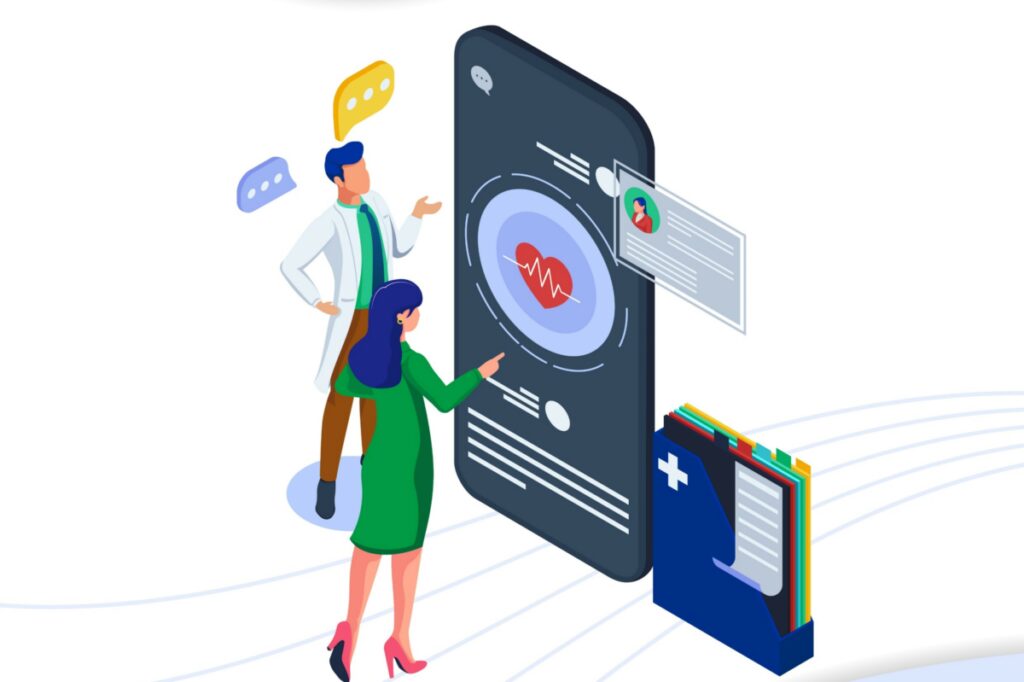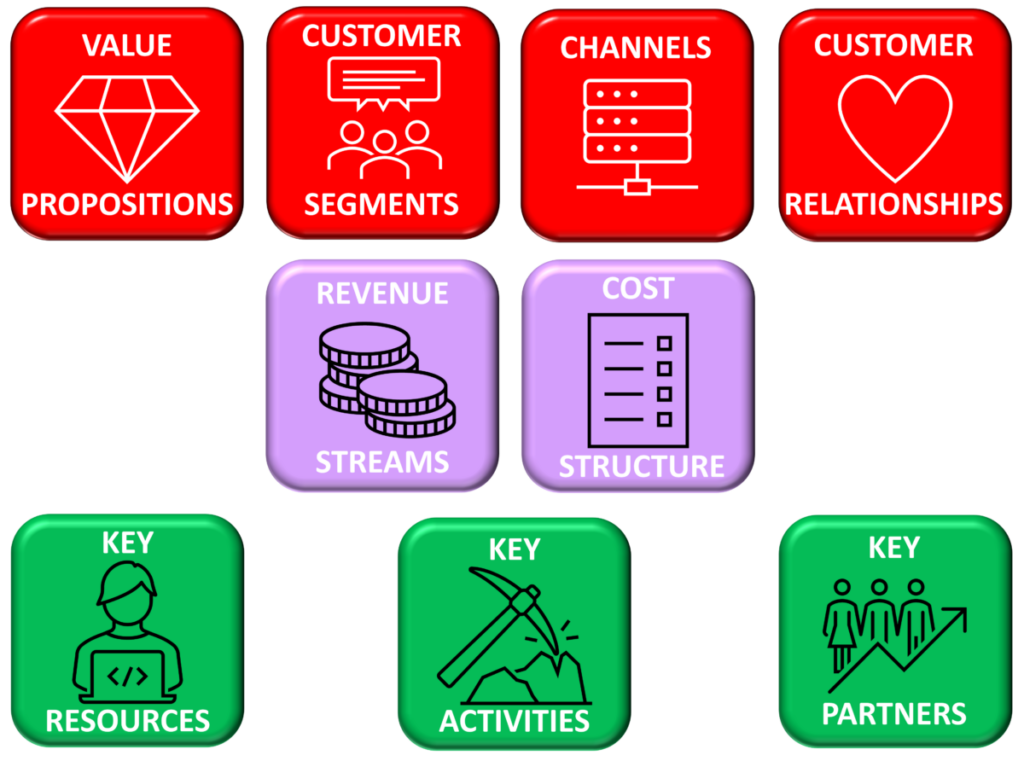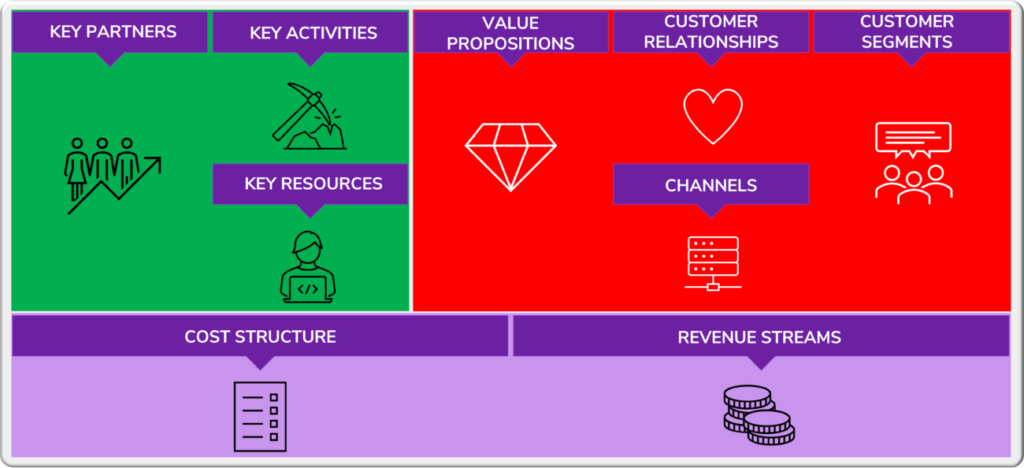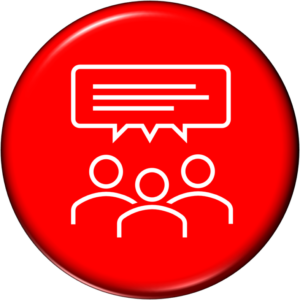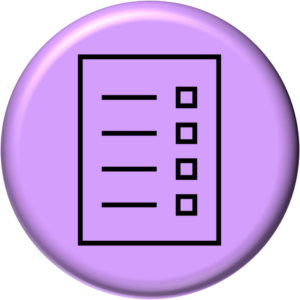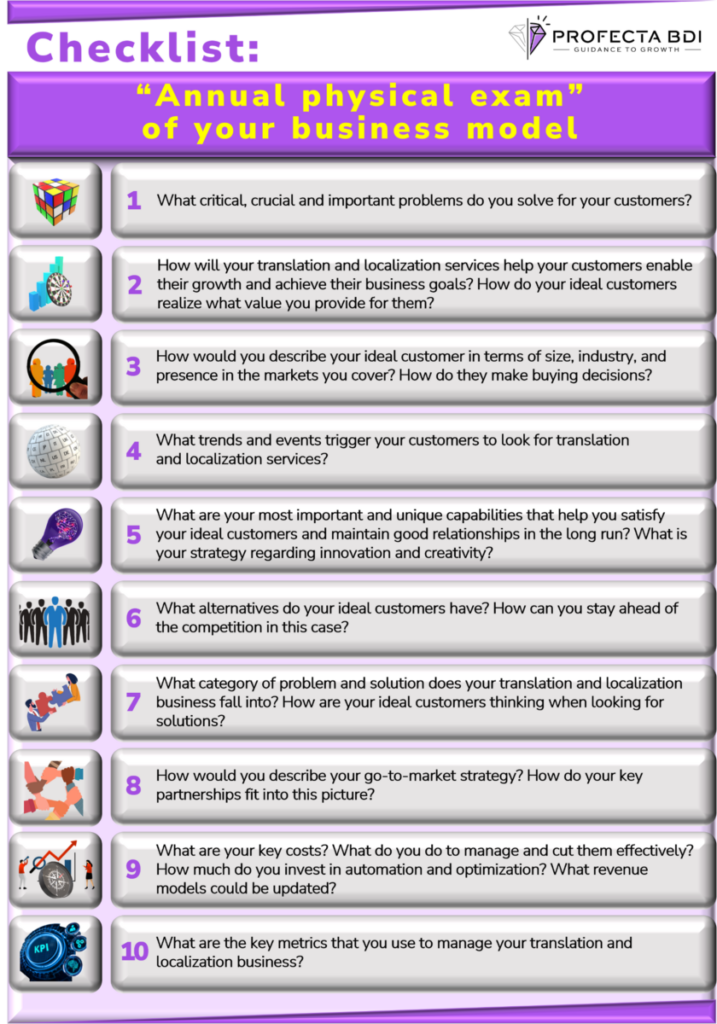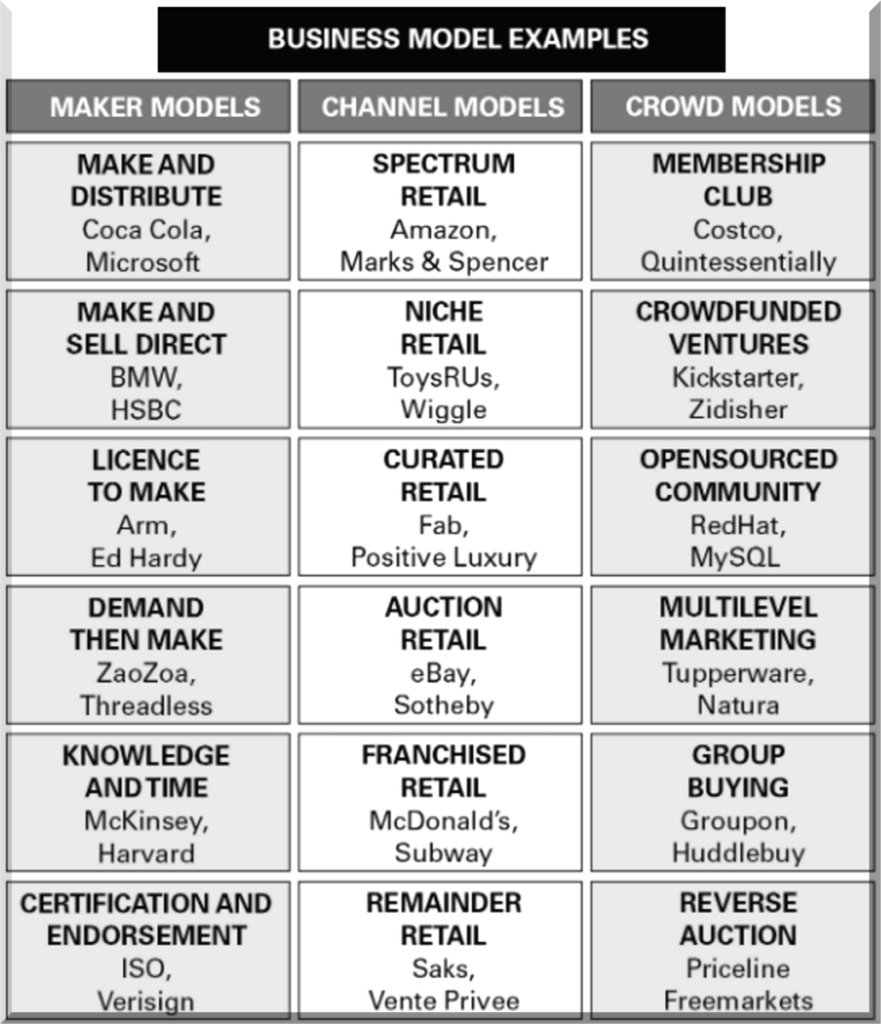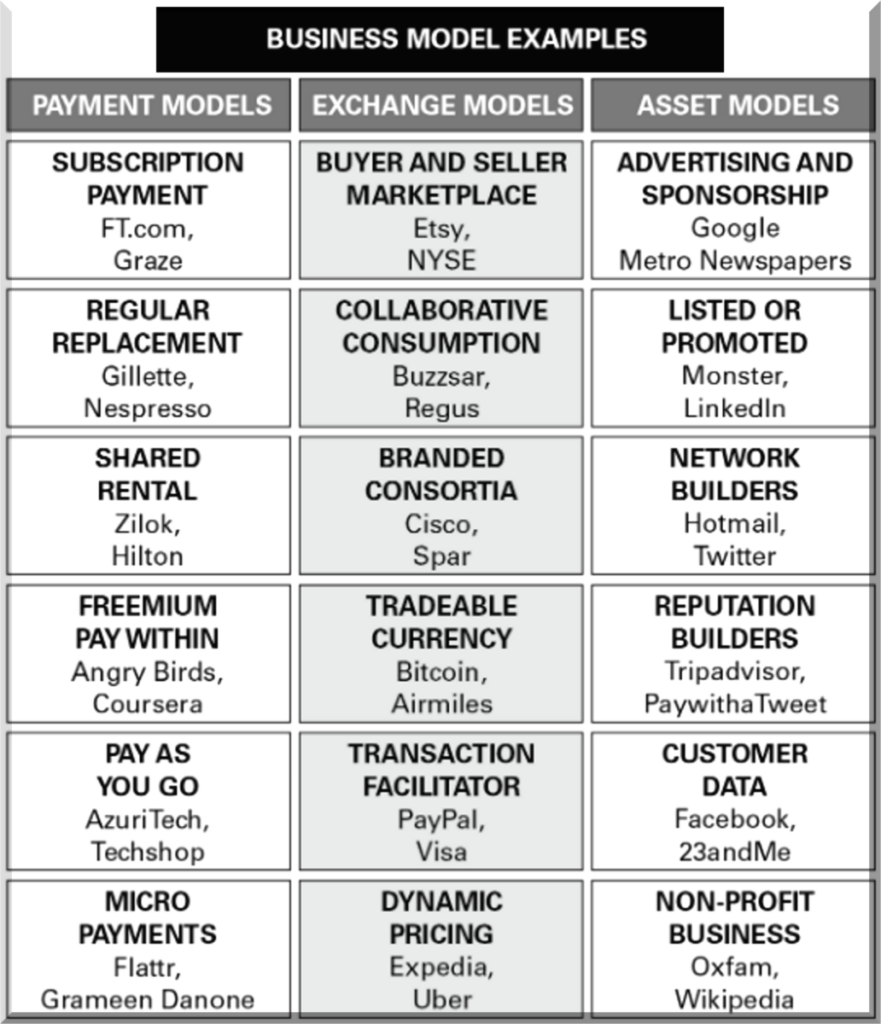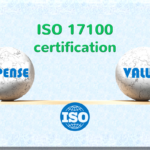
If you don’t do this, your competitors will!
Business Model
The importance of selling value through your business model.
♦ Cut-throat competitiveness.
♦ Unpredictable and turbulent global business environment.
♦ Advances in machine translation.
♦ Belonging to a relatively new and unregulated industry.
♦ Many small and medium-sized companies offering low wages.
♦ Struggles with profitability.
All of these points describe the current situation in the translation and localization industry.
Although many of the translation and localization companies have proven to be pandemic resistant and have even flourished since the outbreak of the new coronavirus in 2020, translators have begun to leave the industry. Normally because the pay for the work is quite low and some feel that the profession itself has been degraded. In addition, stress is pervasive and has become the norm due to tight deadlines and the constant balancing act between in-house translators and freelancers.
The annual medical check-up of your company
Some of the solutions might be to rethink your business model and growth strategy. Not everything we have been doing for a long time means it has to make sense in the long term, or even the short term.
In this blog, we will focus only on business model re-adjustment, because this is like an “annual examination” for your entire business. After this “examination”, you will gain valuable insights into what practices you should:
♦ expand,
♦ change,
♦ replace,
♦ or abandon
in order to be successful in the long run. In addition, the newly adjusted business model is like the foundation for a strategy that needs to be implemented in your company’s structures, processes and systems.
So what is a business model?
The term business model is used differently by many, and it is not entirely well-defined. However, it revolves around the value you create for your customers, known as the value proposition. The value you create for your customers can also be perceived in different ways:
♦ translations that help your customers enter new markets,
♦ train new employees in different countries,
♦ position themselves as a global brand, so to speak,
♦ make more profit and the like.
Basically, though, the value proposition boils down to just two things that you offer your customers:
♦ a good feeling and
♦ a solution to problems.
Understanding and delivering on these two things will help you immensely in building long-term relationships, and long-term relationships enable long-term sustainability.
The nine building blocks for your stability
When analyzing business models, we use Osterwalder and Pigneur’s famous nine building blocks of a business model:
For better understanding and overview, building blocks can be grouped into three categories:
♦ desirability: value proposition, customer segments, channels and customer relationships
♦ viability: revenue streams and cost structure
♦ feasibility: key resources, key activities and key partners
Desirability – what do your customers want?
Value propositions are the services or products that create value for your customers, as explained above. They can be innovative or disruptive, or similar to existing products but with different benefits or features.
For example, you may offer translation services with copywriting or machine translation specifically tailored to multiple customers or multiple languages, or a complete language services package with language courses and translation services, etc.
Customer segments refer to the different groups of companies that a translation and localization company wants to reach and serve. Customers are the core of any business model and can be divided into larger or smaller segments. Once you know your customers very well and which ones you can best serve, you can decide which segments to keep and grow and which to ignore.
For example, you can only work for mid-sized IT companies, legal services and marketing agencies if you know how they operate and how you can best satisfy their needs and wants.
Channels refer to the methods you use to communicate with your customers regarding your marketing and sales, where and how they can buy your services, how you deliver your services, and how you conduct your customer service activities.
For example, this could be your social media or newsletters, translation project-related activities from receipt to delivery through the customer portal, or measuring customer satisfaction through surveys or visits.
Customer relationships show the type of relationships a company has with its customers. Relationships can range from personal to automated. The motivation for the relationship may be to acquire a customer, retain an existing customer, or increase sales through cross-selling or upselling.
For example, customer relationships are built through good communication practices, a fine-tuned CRM, offering additional language combinations, proofreading source text, editing documents, and other additional services once you identify where your current customer is underserved.
Viability – how much do you earn from your business model?
Revenue streams refer to the money a company generates from each customer segment. Money is the fuel a business needs to survive and thrive. With this building block, a company should consider what value the customer is willing to pay. So you can come up with methods to generate different revenue streams from your customer segments.
For example, your revenue can come from word-based billing, hourly rates for certain translations, monthly or annual subscriptions for small translation projects, value-based pricing for consulting projects, etc.
Cost structure refers to all costs incurred to operate your business model. Creating and delivering value, maintaining customer relationships, and generating revenue all incur costs. Having your costs under control and looking for ways to effectively reduce them is critical for any business. We can all learn from low-cost airlines because their entire business model is based on cutting unnecessary costs. If you have not already, list all your costs and ask yourself what you can do to reduce each one.
For example, calculate how much an in-house translator costs compared to a freelance translator including the benefits of translation and general work quality and availability, how much your technology costs you per year, including electricity, internet and other bills.
Feasibility – can you deliver on what you promise?
Key resources refer to human, technological, and procedural resources that you use to sustain your business model. These resources enable you to create and offer a value proposition, acquire customers, effectively maintain relationships, and secure revenue.
For example, they are your internal translators, reviewers, editors, technology experts, translation tools, servers, streamlined workflows, hiring practices, best translation practices, etc.
Key activities refer to the most important things your company does to keep your business model running like a well-oiled machine. These activities enable you to create and offer a value proposition, acquire customers, effectively nurture relationships, secure revenue, and make the best use of your key resources.
For example, your key activities include translation, revision, proofreading, post-editing, interpreting, DTP services, certified translation, etc.
Key partners refer to the network of suppliers and partners that keep the business model running. Companies often enter into alliances to optimize, reduce risk, or acquire resources. There are four different types of partnerships:
♦ Strategic alliances between non-competitors
♦ Coopetition: strategic partnerships between competitors
♦ Joint ventures to develop new businesses
♦ Buyer-supplier relationships to assure reliable supplies
Translation and localization industry is familiar with all four, especially in large-scale translation tenders and projects.
Excellent self-assessment of your business model
Now that you have gotten this far, we have a list of self-assessment questions you can use to test your business model as a translation and localization company. Take your time and answer the questions carefully, perhaps as an exercise with your entire team. You should be able to answer all of these questions to successfully run and grow your translation and localization business.
Download our quick checklist to help you quickly get a good overview of your situation in the marketplace before it’s too late or your competitors do it before you.
Six types of business model
To give you some ideas on the direction you can take your business model, look at the six types of business models identified by Peter Fisk:
♦ Maker models: The business creates, owns and controls the products or services that are its greatest assets.
♦ Channel models: The channel to market is the essential driver of how the business operates.
♦ Crowd models: A level of cooperation or commitment is required from stakeholders to enable the business to function.
♦ Payment models: Traditional payment is not necessary in digital transactions.
♦ Exchange models: New forms of ownership and trade are established by the business.
♦ Asset models: Data and tech are at the heart of the business.
The image below illustrates the types with good examples and was mentioned in Julie Atherton’s, Social Media Strategy.
Source: Social Media Strategy, July Atherton
Where do you see your business in this table?
If you would like to read more about the importance of business models, read the article written by Peter Fisk, Innovative business design: New business models driving growth.
Your future
Now that you have read a lot about the business model, you might consider what you might have missed out on by not working on it.
♦ What price have you paid because your business model is still the same?
♦ When you think about the future, what will your business look like in five years if you do not change anything about your business model?
♦ What will it look like in 10 or 20 years?
♦ On the other hand, imagine your company in five years if you decide to re-adjust your business model now.
♦ How will this affect your company’s growth and customer satisfaction?
♦ How will this impact your quality of life and that of your employees, suppliers and partners?
If you don’t do this, your competitors will. At the end of the day, it’s all up to you 😊.
